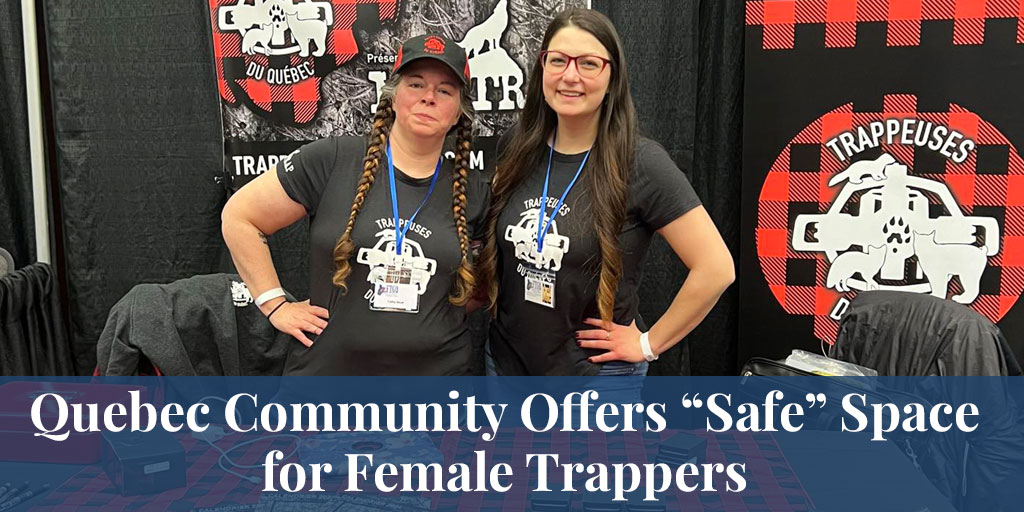
Did you know that the province of Quebec has a thriving trapping group whose members are all women? While it’s true that the trapping world is dominated by men, every other trapping organisation opens its doors to male and female trappers alike, so why bother? Truth About Fur spoke to the founder of this unique group, Cathy Naud, to find out.
Truth About Fur: You started Trappeuses du Québec in 2020. What inspired you, and does it meet a real need?
Cathy Naud: Women-only communities are nothing new, and their aim is not to segregate women from men. They’re about creating environments in which women can shine, grow, and contribute to fields traditionally dominated by men.
So when I launched Trappeuses du Québec, we already had women-only groups for hunting and fishing, but female trappers had been overlooked.
We offer a safe environment for women to empower themselves, and the fact that we already have over 1,500 members clearly indicates the demand was there.
TAF: You say you offer a “safe environment” for women as if mixed-gender groups are somehow unsafe. What do you mean?
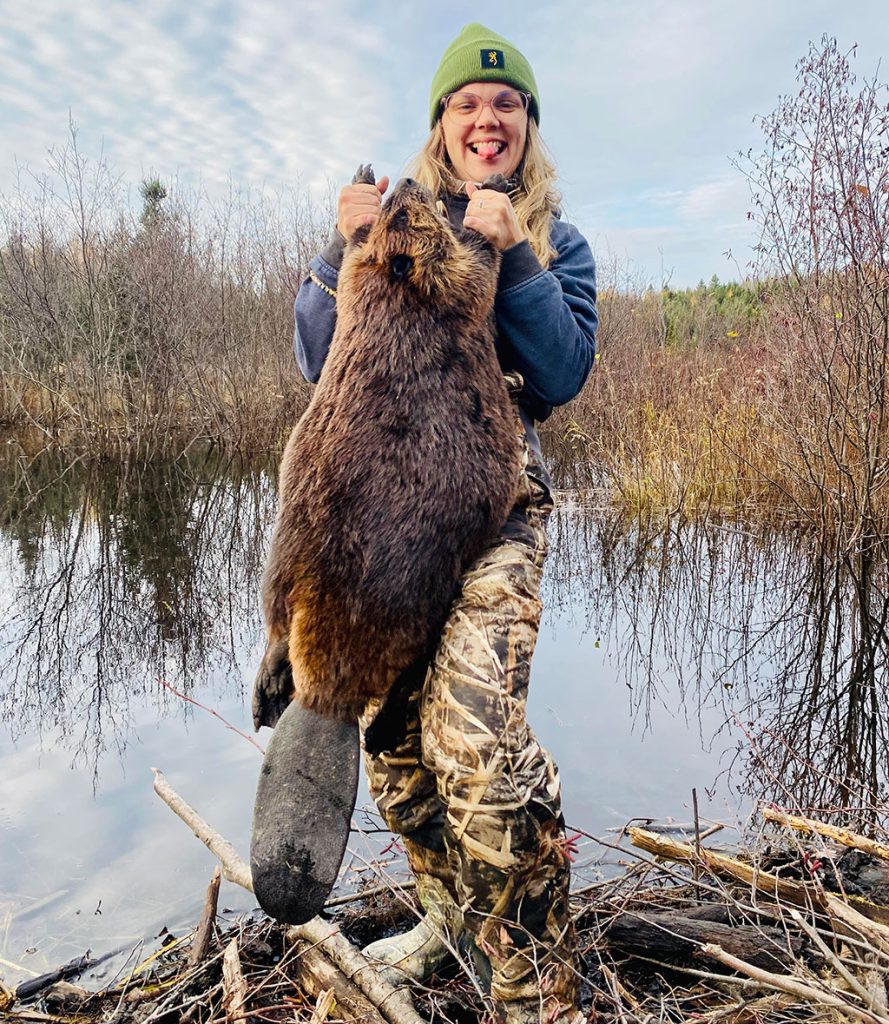
CN: By a “safe environment” I mean one where women can express themselves freely without fear of judgment. This builds their pride and confidence, and encourages them to share their expertise.
Of course we work with mixed-gender organisations all the time, and have received strong support from the Fédération des Trappeurs Gestionnaires du Québec and trapping businesses. But the reality is that mixed-gender groups, especially online, can be unwelcoming to women.
Some men are still dismissive of our skills as trappers and struggle to accept that we can trap as well as they do.
For example, sometimes a woman asks a genuine question, only for a man to give an unhelpful or mocking response. Or she’ll ask a novice question and be ridiculed. Or she might recount her success in trapping a more challenging species, only to be met with surprise or even disbelief.
Of course, we must also deal with inappropriate comments like “nice beaver”.
TAF: So how does your group ensure women have a more positive experience?
CN: We have several unofficial rules that I go through during the interview process. For example, every question deserves a respectful and thoughtful answer. Experienced trappers are expected to be generous with their time in mentoring beginners, and they are.
We also encourage members to share their successes, learn from their mistakes, and grow – all without fear of judgment or hostility.
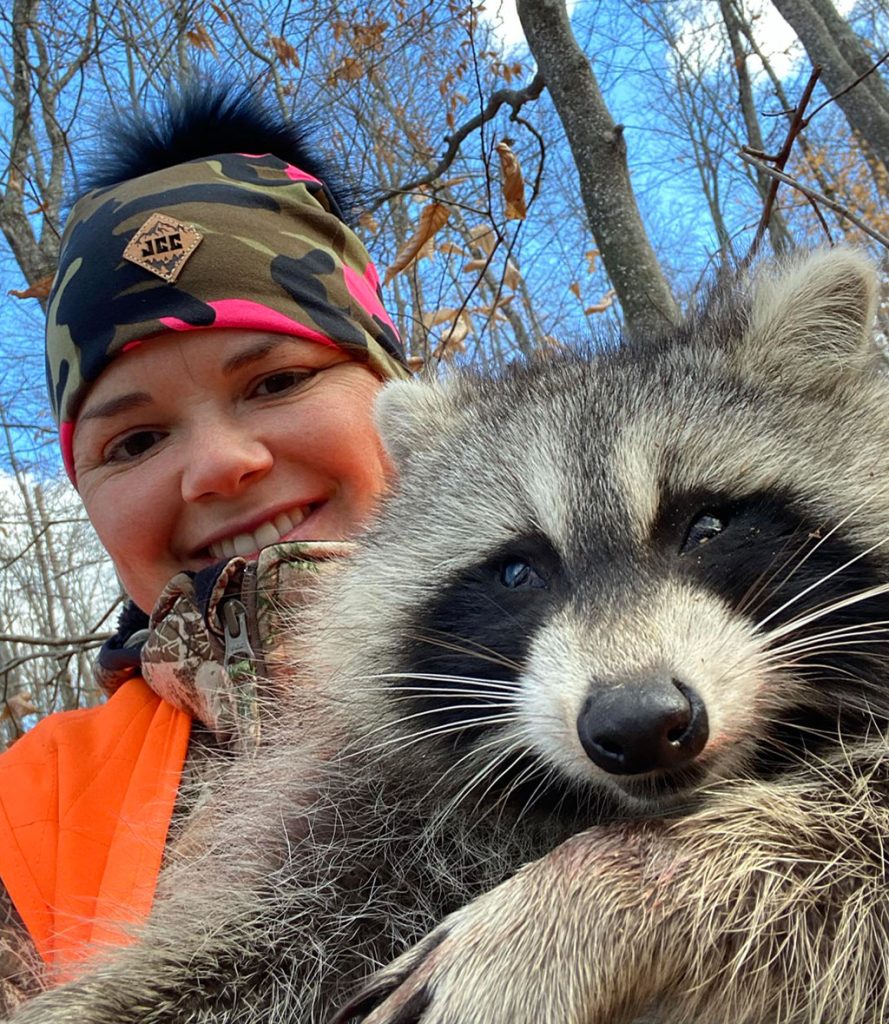
TAF: In general terms, who are your members?
CN: We are more than just a group of individuals; we are a network where women help one another, celebrate their shared passion, and contribute to ethical and sustainable practices. From beginners to seasoned trappers, every member plays a role in fostering a welcoming and supportive atmosphere.
We come from all over the province, are from diverse backgrounds, and have different skill levels. Most of us speak French – the language of our website and social media – but it’s not a requirement, and thanks to artificial intelligence, online translating is easier than ever before!
TAF: More specifically, how are your members involved in trapping?
CN: A significant portion are part-time hobbyists who trap to connect with nature, practice traditional skills, and harvest materials ethically. Many of these are also passionate about hunting and fishing.
But we also have several professionals engaged in nuisance animal control or managing wildlife populations for parks or municipalities.
And then we have artisans and craftswomen who work with fur, bones, and even beaver tail leather. They create beautiful, handcrafted items that honour the animals they harvest.
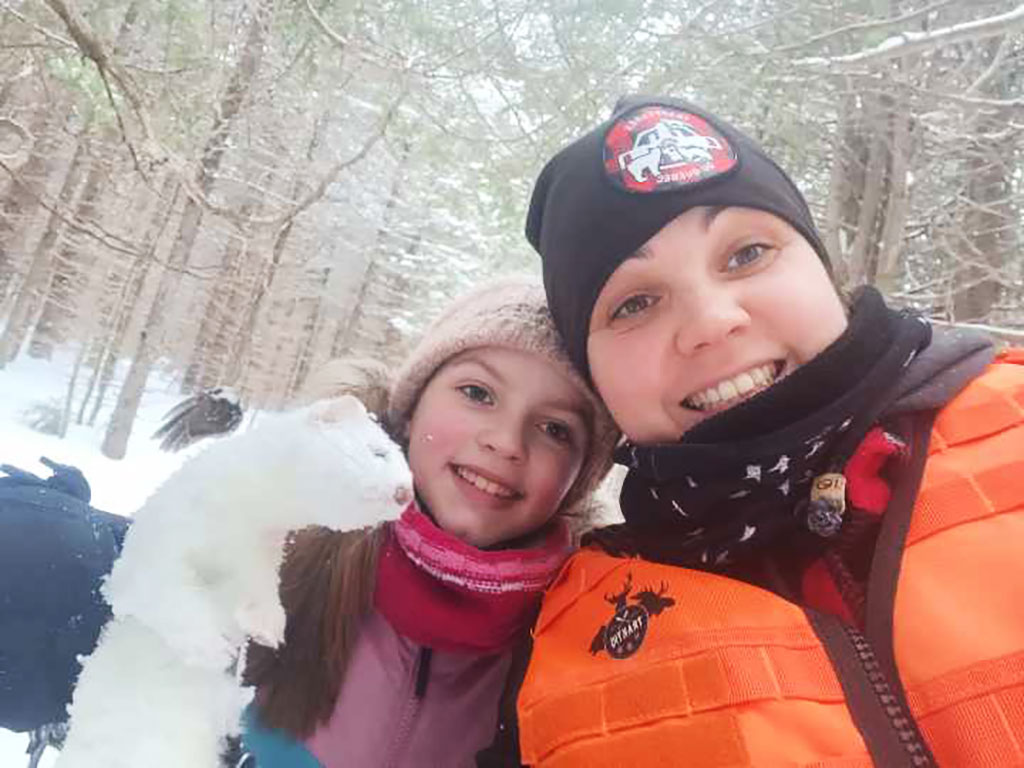
TAF: So aside from emphasizing respect and support for one another, are there areas where female trappers can teach men a thing or two?
CN: Women bring a distinct approach to trapping that often emphasizes patience and precision, and respect for animals and the environment.
Women tend to be more meticulous and careful than men when preparing animals they have harvested. For example, they may take more time skinning them to avoid damaging the hide. Men, in contrast, may prioritize speed and quantity over quality, which is more likely to lead to mistakes.
Women also tend to be more empathetic and ethical towards the animals they trap. They may spend extra time to ensure their traps are set perfectly to minimize harm to an animal and maximize efficiency. Again, some men prioritize speed and quantity.
And female trappers tend to share more and compete less than their male peers. They are more likely to ask questions, seek advice and collaborate, which can lead to a stronger sense of community.
Another important difference is our physical strength. Many women face challenges with trapping tools, and would like to see more of them designed specifically for us. For example, one member is currently developing an easier-to-use clamp for activating Conibear 330 traps.
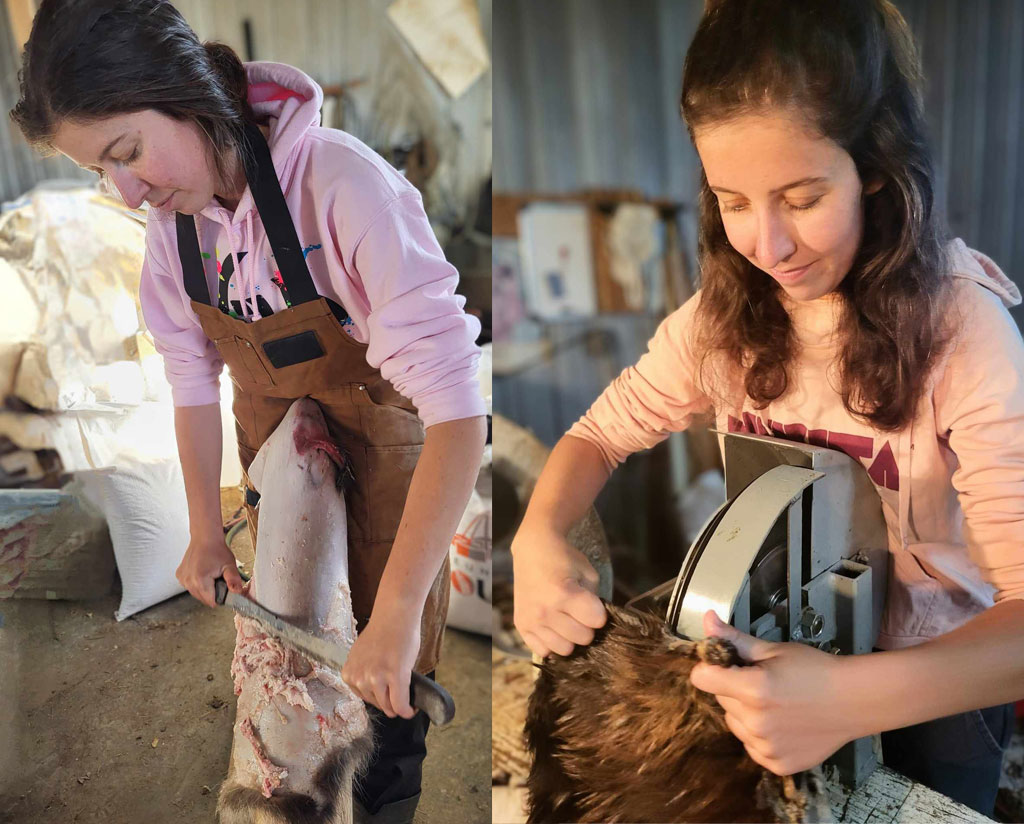
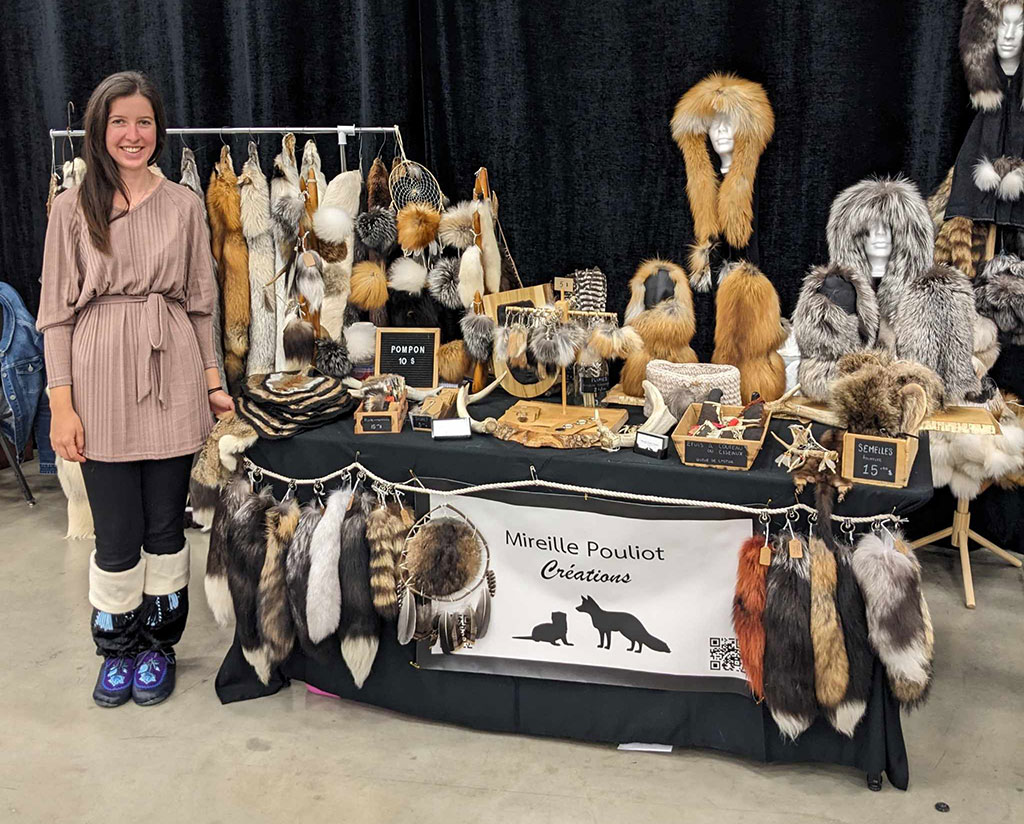
TAF: It sounds like the differences between male and female trappers are the same as between men and women in general. Indeed, most men would agree that women are nicer, or at the very least are less likely to start wars! Is this an accurate assessment?
CN: That’s correct. Women tend to be more patient, more empathetic, less competitive, and of course physically weaker than men. Trappeuses du Québec understands these differences, and seeks to provide a supportive environment in which women can feel empowered in their journeys as trappers.










